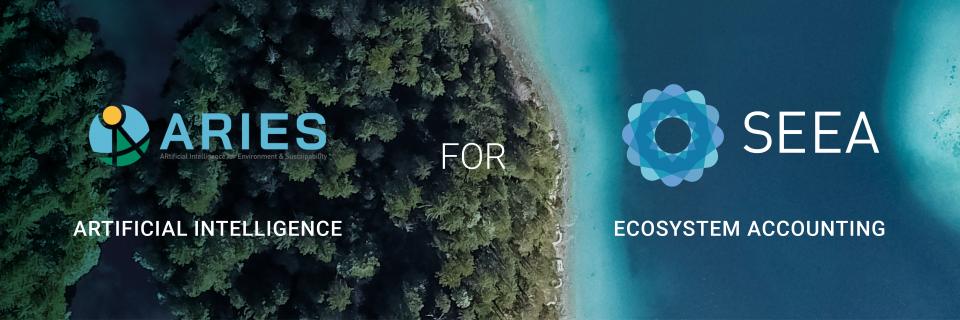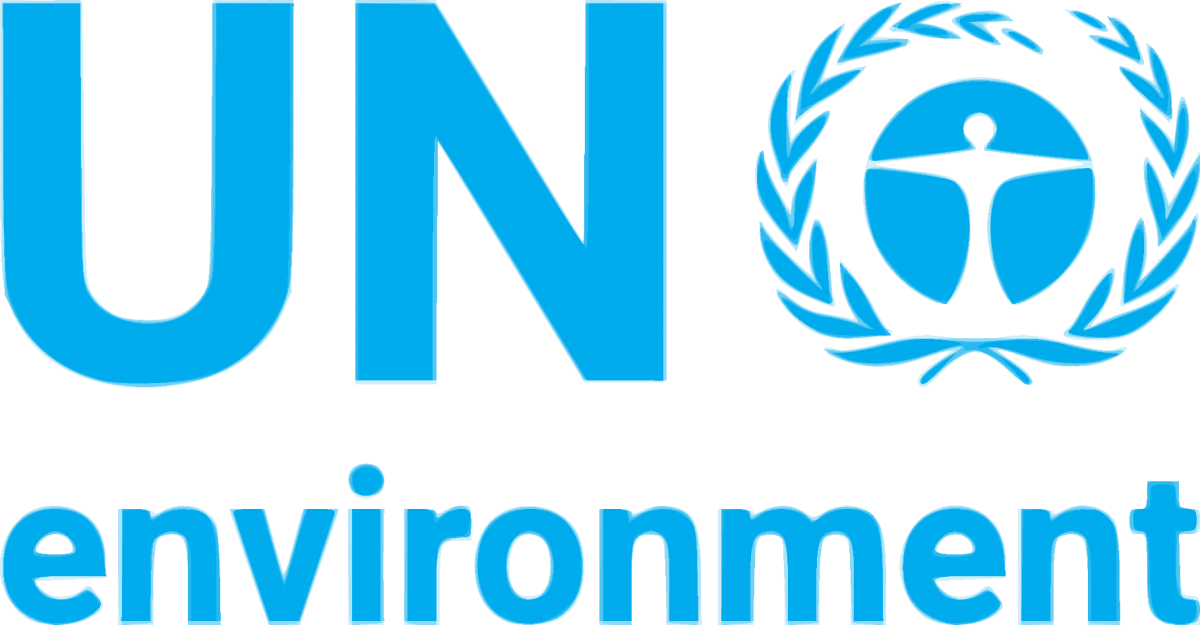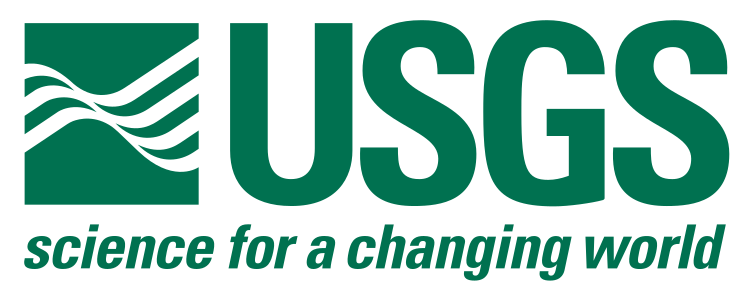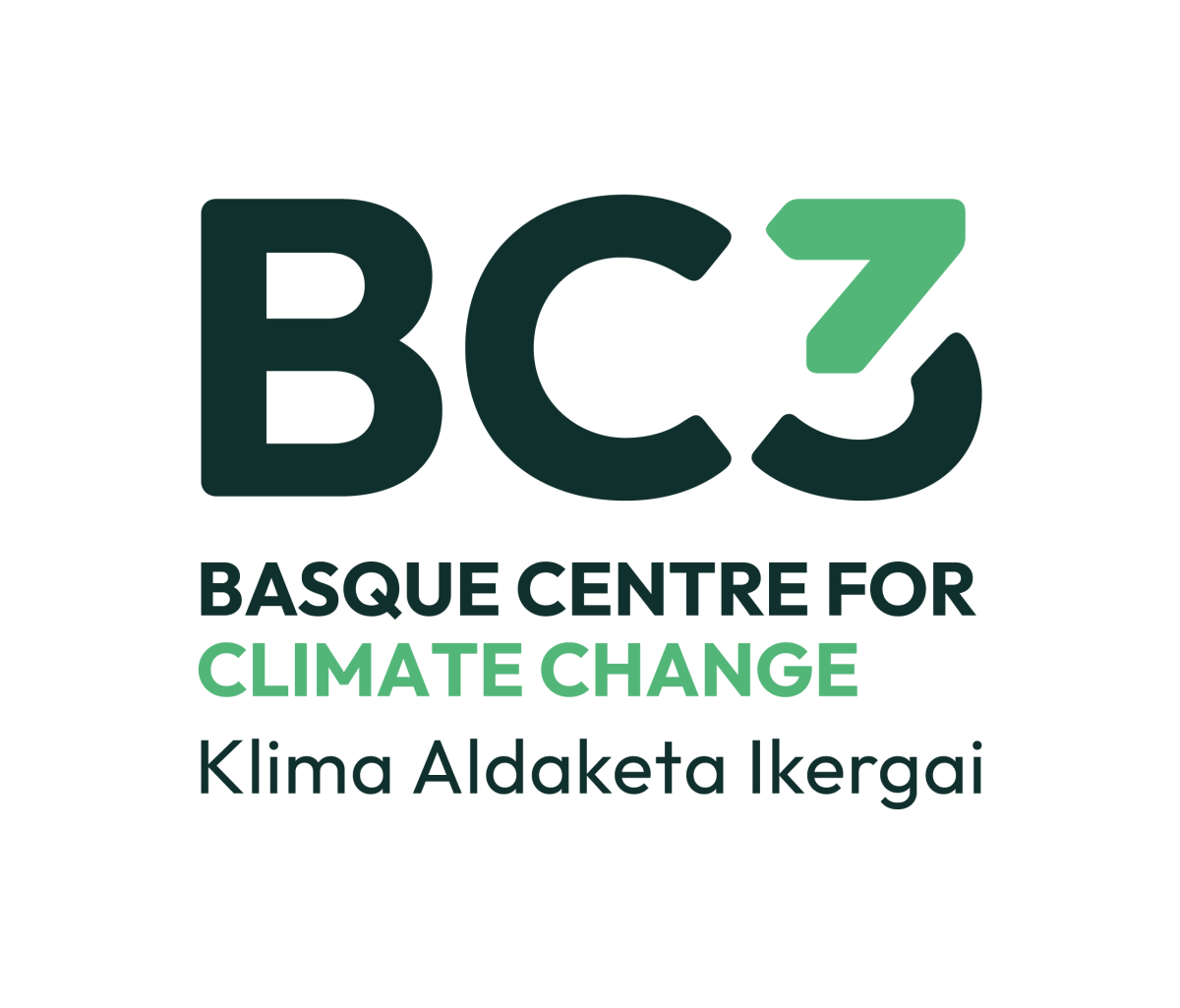ARIES for SEEA

Background
Artificial Intelligence for Environment & Sustainability (ARIES), developed by researchers at the Basque Centre for Climate Change (BC3), is an integrated, open-source modelling platform for environmental sustainability, where researchers from across the globe can add their own data and models to web-based repositories.
Using ARIES technology, the ARIES for SEEA Explorer application allows users anywhere in the world to produce rapid, standardized, scalable and customizable ecosystem accounts for their area of interest that are consistent with the SEEA Ecosystem Accounting framework. ARIES for SEEA is available on the UN Global Platform, a cloud-service platform supporting international collaboration in the development of official statistics using new data sources and innovative methods.
What does it do?
Easy-to-use and readily available, the ARIES for SEEA Explorer lowers the barriers to compiling ecosystem accounts. The application can generate ecosystem accounts for any user-specified terrestrial area in the world (such as a country, administrative region, watershed, etc.), by using freely available global remote-sensing derived data and models, and rapidly computes these accounts online, using a web browser.
The current Explorer functionalities are restricted to assessing ecosystem 1. extent (based on the IUCN Global Ecosystem Typology), 2. condition (for forest ecosystem types), and 3. selected ecosystem services in physical and monetary units using basic models as a starting point. The outcomes can be analyzed and downloaded to further explore the results (either through a spreadsheet or GIS software).
The Explorer automatically generates a comprehensive ecosystem accounts report, fully documenting the data, models, coefficients and methods used.
How does it work?
Thanks to the use of artificial intelligence (AI) – specifically semantics and machine reasoning – the ARIES for SEEA Explorer automates data and model integration. A core component of ARIES is the use of a set of consistent semantics, which comprise uniform and unambiguous definitions for the data and models involved, and the relationships between them. These semantics are constructed using an intuitive language readable by both people and computers. For example, different datasets and models are consistently labelled with clear, uniform and unambiguous descriptors.
The Explorer thus automates model selection based on a user’s specific request. It chooses the “most appropriate” model for the location, spatiotemporal resolution and account specified (e.g., an ecosystem service or condition account for a given country and year) and depending on the models and data sources accessible to the system.
Future developments
The functionalities of the ARIES for SEEA Explorer will be continuously improved and expanded. Plans are already in place to add additional ecosystem types to the extent accounts; expand the condition accounts; and include additional ecosystem services, such as water supply and flood regulation. The SEEA News and Notes will report periodically as new updates become available.
Accessing ARIES for SEEA
Find our step-by-step guide to accessing the Explorer here.
ARIES for SEEA can be accessed in two different ways: using a web browser or using ARIES’ k.LAB software. In both instances, new users should first register by creating a user profile on the Integrated Modelling Hub: https://integratedmodelling.org/hub/#/register. Please note that if using a web browser to access ARIES for SEEA, it is preferrable to avoid the Edge browser.
During registration, users should provide a username and email to create their profile (no password is required at this stage). Users will receive a confirmation e-mail immediately. If no confirmation email is received, please check your spam folder. After registration, users can access the web-based version of ARIES at: https://klab.officialstatistics.org/modeler?app=aries.seea.en. The web-based version is also available in French and Spanish.
After creating a profile, users can also access the main Integrated Modelling hub page (https://integratedmodelling.org/hub/#/home). On this page, users can find more information on how to get started, check/modify the information in their profile (https://integratedmodelling.org/hub/#/profile/view), change their password and perform steps needed to use ARIES’ k.LAB software.
A user guide for ARIES can be found here: web browser version or phone/tablet version.
Users are encouraged to provide feedback to support@integratedmodelling.org.
Moving towards interoperability
The ARIES for SEEA Explorer is part of the ongoing strategy aiming towards ambitious yet achievable goals for data and model interoperability in the SEEA community. The interoperability strategy describes the roles and responsibilities of all stakeholders (data providers, research and model developers, and platform hosts) to support global SEEA Ecosystem Accounting implementation. The strategy can be found here.
About
The ARIES for SEEA Explorer was developed by the Basque Center for Climate Change (BC3) under the EU-funded Natural Capital Accounting and Valuation of Ecosystem Services (NCAVES) project, which is jointly implemented by the Statistics Division of the UN Department of Economic and Social Affairs and UNEP. Additional technical support to develop ARIES for SEEA was provided by the U.S. Geological Survey.
 |
 |
|
 |
 |

